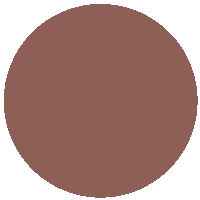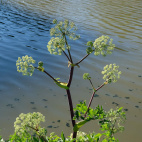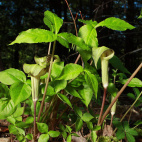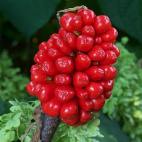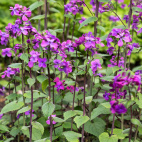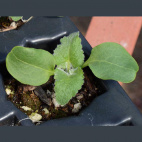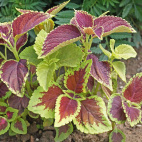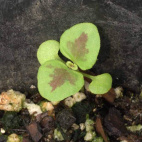Color
Availability
USDA Zone
Region
Type
Duration
Season
Germination
Soil
Sunlight
Height
Narrow Your Search
Color
Availability
USDA Zone
Region
Type
Duration
Season
Germination
Soil
Sunlight
Height
Wildflower Seeds - Northern Region
The Northern region is home to our Canadian friends in the eastern provinces, as well as the northern-most part of the Eastern US. This area is characterized by a long, cold winter with lots of snow, and a short humid summer that only lasts about 3 or 4 months. Most of the area is classified as a UDSA Growing Zone 4 or less, and the species that grow here have interesting ways to perpetuate themselves in spite of the short growing season. There are a lot of forests and wetlands in this region, so adequate moisture is hardly ever a problem. Look up your growing zone to make sure that the Northern wildflower seeds that you want to grow are winter hardy. Alternatively, just order annual flower seeds online so that the plant does not need to make it through the winter, but can reseed itself and come back from seed the next year.
-
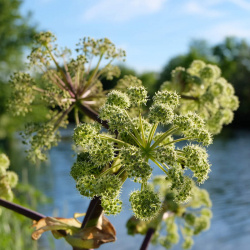 Angelica Seeds
Angelica atropurpurea
These showy, long-lasting blooms are taller than most other species in a wetland planting. Typically, it towers over the surrounding vegetation and produces the signature globe-like flowers that are hard to miss. The plant also grows in moist woodland areas.Quick View$3.48 Pkt - $12.65 / Oz
Angelica Seeds
Angelica atropurpurea
These showy, long-lasting blooms are taller than most other species in a wetland planting. Typically, it towers over the surrounding vegetation and produces the signature globe-like flowers that are hard to miss. The plant also grows in moist woodland areas.Quick View$3.48 Pkt - $12.65 / Oz -
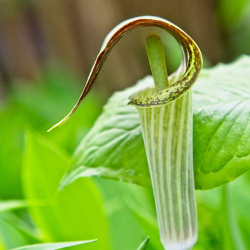 Store in the FridgeOn Sale!
Jack in the Pulpit Seeds
Arisaema triphyllum
Named for its resemblance to a preacher in a canopied pulpit, this unusual plant sends up a hooded flower. This fascinating native plant grows in woodland and marsh areas across much of the Eastern US.Quick View$3.75 Pkt - $54.00 / Oz
Store in the FridgeOn Sale!
Jack in the Pulpit Seeds
Arisaema triphyllum
Named for its resemblance to a preacher in a canopied pulpit, this unusual plant sends up a hooded flower. This fascinating native plant grows in woodland and marsh areas across much of the Eastern US.Quick View$3.75 Pkt - $54.00 / Oz -
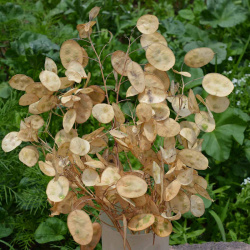 Money Plant Seeds
Lunaria biennis
Money may not grow on trees, but it does grow on wildflowers! Also known as Honesty, Moonflower, and Silver Pennies, these silvery translucent seedpods have been popular in dried flower arrangements since Colonial times. The fragrant lavender flowers also attract butterflies when they are in bloom.Quick Viewx
Money Plant Seeds
Lunaria biennis
Money may not grow on trees, but it does grow on wildflowers! Also known as Honesty, Moonflower, and Silver Pennies, these silvery translucent seedpods have been popular in dried flower arrangements since Colonial times. The fragrant lavender flowers also attract butterflies when they are in bloom.Quick ViewxMoney Plant Seeds
Lunaria biennis
Money may not grow on trees, but it does grow on wildflowers! Also known as Honesty, Moonflower, and Silver Pennies, these silvery translucent seedpods have been popular in dried flower arrangements since Colonial times. The fragrant lavender flowers also attract butterflies when they are in bloom.
$3.48 Pkt - $7.41 / Oz -
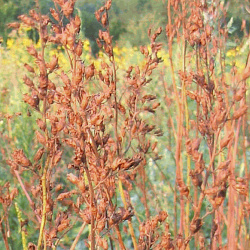 On Sale!
Prairie Alumroot Seeds
Heuchera richardsonii
This native wildflower provides interest to a prairie planting in the spring while many of the warm season species are still sleeping. It sports tall, flowering stalks extending from low-lying, clumpy plants, and makes an early-season pollen source for pollinators.Quick Viewx
On Sale!
Prairie Alumroot Seeds
Heuchera richardsonii
This native wildflower provides interest to a prairie planting in the spring while many of the warm season species are still sleeping. It sports tall, flowering stalks extending from low-lying, clumpy plants, and makes an early-season pollen source for pollinators.Quick ViewxPrairie Alumroot Seeds
Heuchera richardsonii
This native wildflower provides interest to a prairie planting in the spring while many of the warm season species are still sleeping. It sports tall, flowering stalks extending from low-lying, clumpy plants, and makes an early-season pollen source for pollinators.
$3.96 Pkt - $120.00 / Oz -
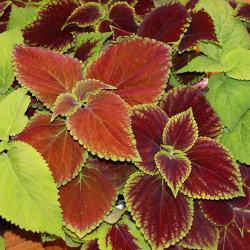 Rainbow Coleus Seed Mix
Solenostemon scutellarioides
Also known as Painted Leaves, this Coleus mix will bring brilliant colors to your shady garden area. This short annual is a perfect choice for borders or containers and will behave well as a house plant too.Quick View$3.75 Pkt - $36.00 / Oz
Rainbow Coleus Seed Mix
Solenostemon scutellarioides
Also known as Painted Leaves, this Coleus mix will bring brilliant colors to your shady garden area. This short annual is a perfect choice for borders or containers and will behave well as a house plant too.Quick View$3.75 Pkt - $36.00 / Oz
The Northern region is home to our Canadian friends in the eastern provinces, as well as the northern-most part of the Eastern US. This area is characterized by a long, cold winter with lots of snow, and a short humid summer that only lasts about 3 or 4 months. Most of the area is classified as a UDSA Growing Zone 4 or less, and the species that grow here have interesting ways to perpetuate themselves in spite of the short growing season. There are a lot of forests and wetlands in this region, so adequate moisture is hardly ever a problem. Look up your growing zone to make sure that the Northern wildflower seeds that you want to grow are winter hardy. Alternatively, just order annual flower seeds online so that the plant does not need to make it through the winter, but can reseed itself and come back from seed the next year.


